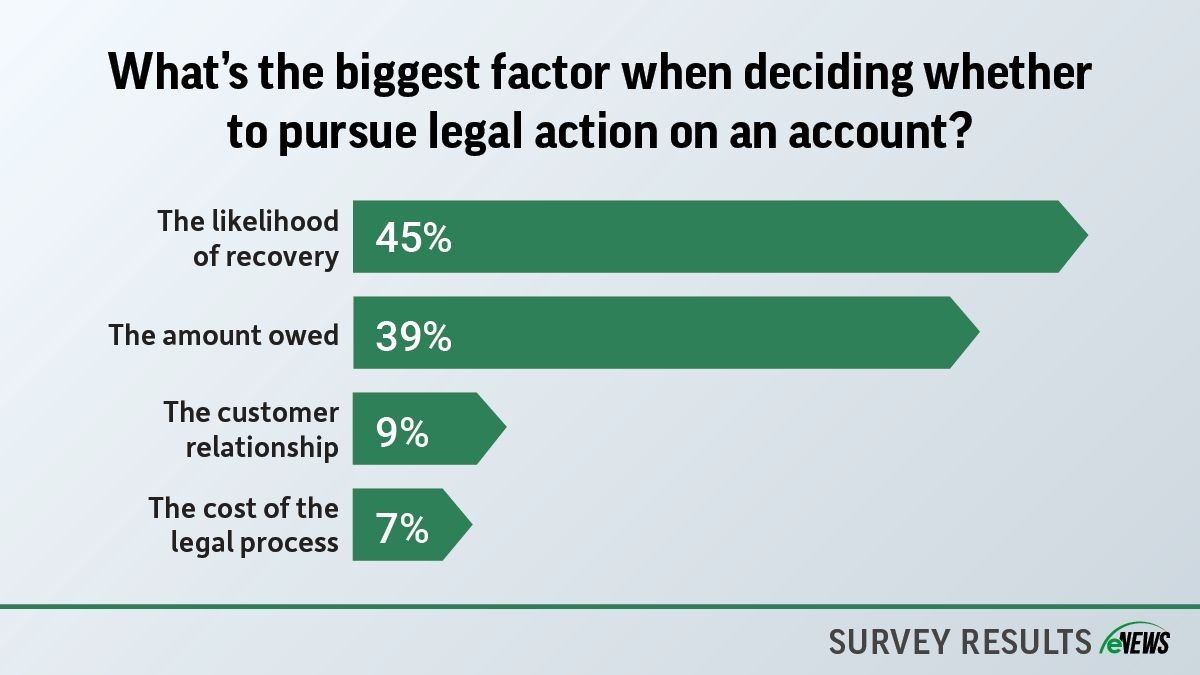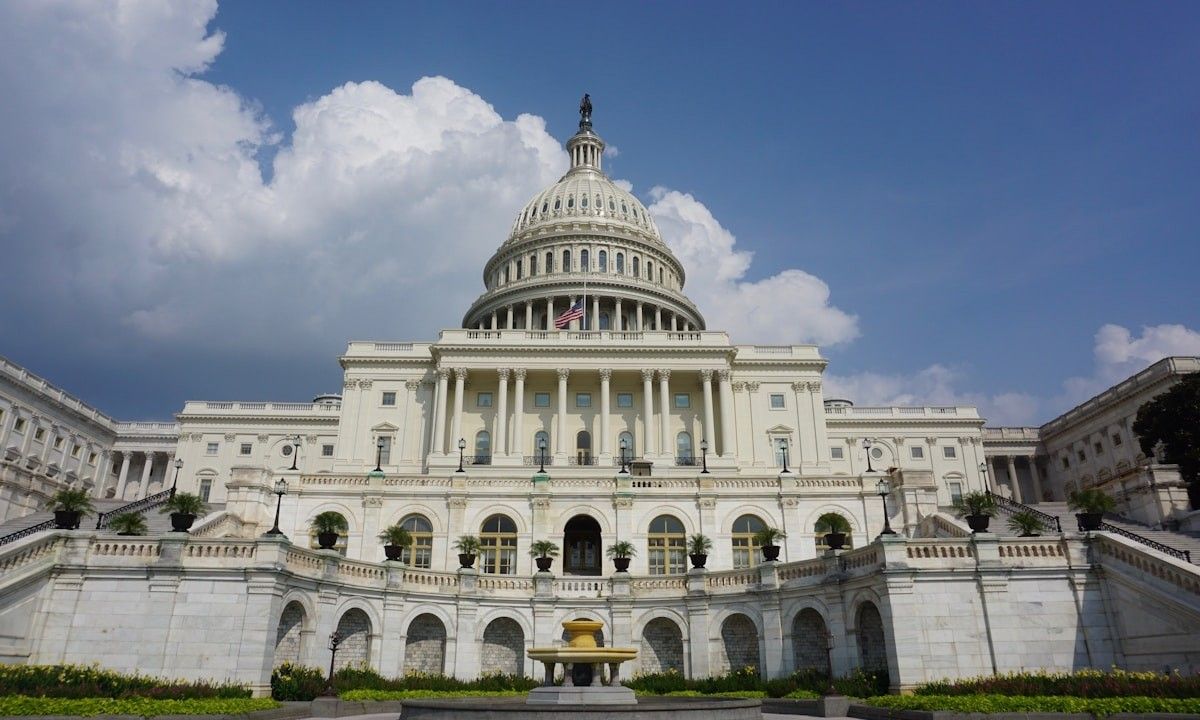Construction, Economy, eNews
Construction industry outlook is cloudy for 2024
Rising labor costs, new environmental regulations and a mixed outlook on construction volume present significant challenges to the industry. However, declining fuel costs and controlled inflation offer some relief.

Rising labor costs, new environmental regulations and a mixed outlook on construction volume present significant challenges to the industry. However, declining fuel costs and controlled inflation offer some relief.
Why it matters: By staying informed about these trends and challenges, credit managers can make informed decisions.
Rising labor costs and hourly wages persist as a significant hurdle in the construction industry. The competition for a finite group of skilled workers is escalating wages. According to the Bureau of Labor Statistics, average hourly earnings for residential building workers were $30.71 per hour in November 2023, increasing 4% from $29.52 per hour a year ago.
Sustained demand for skilled construction workers, coupled with a lack of qualified candidates to fill the positions, has added to the strain, CBRE reports. “This is due in part to an aging workforce and a lack of interest in trade careers among younger generations.”
The unemployment rate remains low both nationally and for construction as the overall workforce contracts by 2%. Construction employment increased in 224 of 358 metro areas between December 2022 and December 2023, according to an analysis by the Associated General Contractors of America. Association officials noted that the industry still has nearly 400,000 unfilled positions nationwide, and likely would have added even more jobs if firms could find more qualified workers to hire.
Weather continues to put negative pressure on the construction industry as several credit managers have noted in the monthly Credit Managers’ Index (CMI). “Nonresidential construction spending fell sharply in January, ending a 19-month streak of monthly gains,” said Associated Builders and Contractors (ABC) Chief Economist Anirban Basu. “Some of this decrease is due to weather-related factors. That’s especially true in infrastructure categories like highway and street and water supply, both of which exhibited steep declines in spending to start the year but should remain elevated through 2024.
According to the AIA Construction Consensus Spending Forecast, the outlook for construction volume is negative for most sectors over the next two years. U.S. Census data indicates that private commercial and office construction volumes have remained almost unchanged since the last quarter and have significantly decreased compared to the previous year.
“Contractor confidence in construction shows a blend of optimism and hurdles,” the CBRE report reads. “Flexibility, creativity and teamwork are crucial for managing unpredictability and securing the industry’s robust future.”
What they’re saying: “When you add up the increased labor costs, low unemployment rates, supply chain issues and EPA contractor backlog, they don’t paint a great picture,” said Chris Ring of NACM Secured Transaction Services (STS). “Although a lot of indicators show that commercial construction is in good standing, the latest trends are sounding a bit of an alarm bell for construction creditors.”
George Demakis, credit manager at Scafco Corporation (Spokane, WA), said he’s started to see a slowdown in sales volume, fewer projects to bid on and increased supplier competition. “Contractors are asking us to rebid projects more often as they are under competitive pressure from general contractors (GCs),” he said. “This is putting pressure on our margins and profitability. And with falling sales volumes, activity levels at our branches have fallen resulting in layoffs at some of our branch locations.”
While Demakis’ over-60-day past-due figures are the lowest they have ever been, he’s starting to see a rise in 31-to-60-day past-dues. “I attribute this to GCs delaying payments and holding onto their cash longer, stretching out billing cycles,” he said. “We’re increasingly noticing contractors using payments from GCs for current payroll instead of settling past material purchases. I’ve recently discussed delinquent customers with several GCs, who informed me they’ve already paid our customer for those materials.”
Amid these changes, contractors are struggling to cope with significant labor shortages, the impacts of higher interest rates and input costs and a supply chain that, while better, is still far from normal, according to A Construction Market in Transition: The 2024 Construction Hiring and Business Outlook.
Yes, but: Construction related to manufacturing, transportation and clean energy infrastructure could see a boost, thanks to funding from three crucial laws passed in 2021 and 2022, according to a Deloitte report. “The Infrastructure Investment and Jobs Act (IIJA), the Inflation Reduction Act (IRA) and the Creating Helpful Incentives to Produce Semiconductors (CHIPS) Act are expected to flow into the industry,” the report reads. “As such, construction confidence remains high, with the ABC identifying expectations for an increase in profit margins and staffing levels, particularly in the first half of 2024.”





